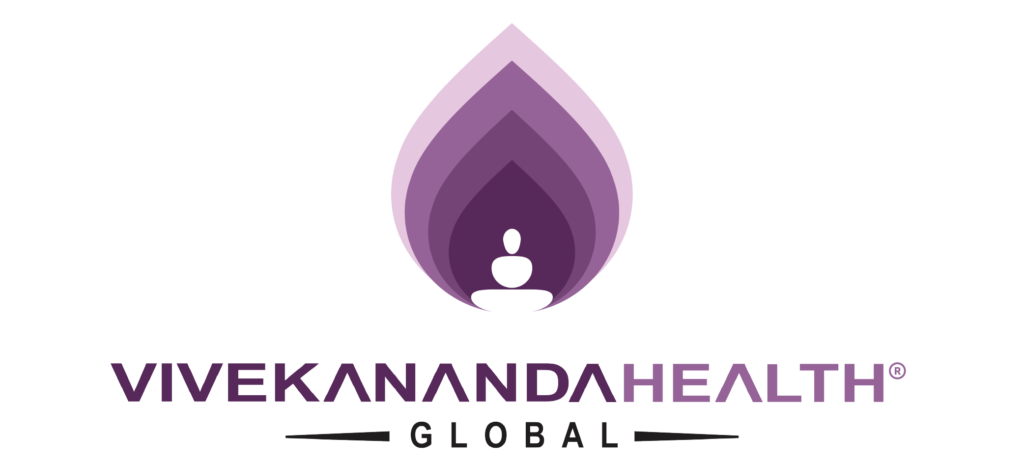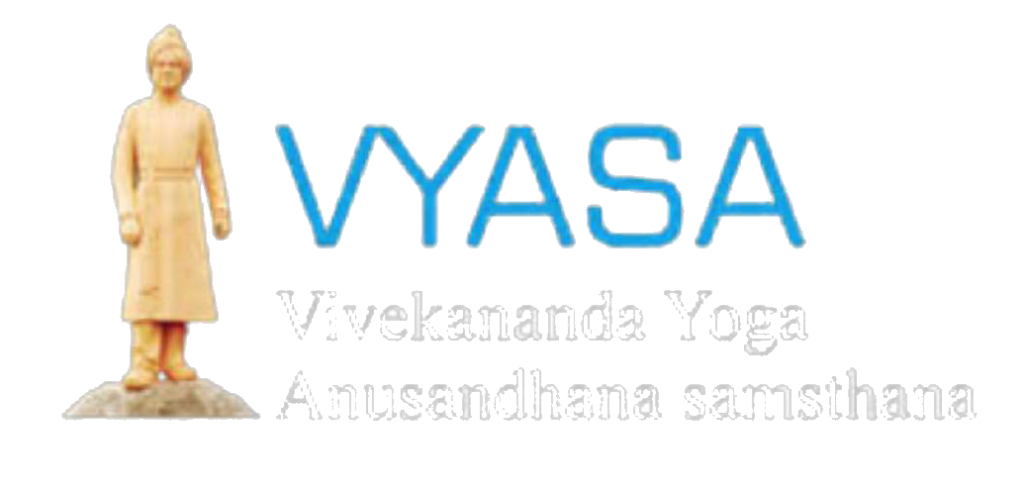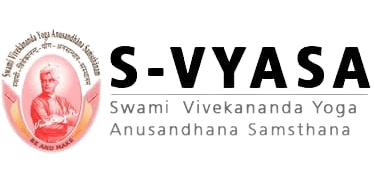Vasantika Vamana program – Vamana or Emesis during Spring
Panchakarma is the most essential part of Ayurveda treatments. It is preventive, preservative, promotive, curative and rehabilitative therapy. Pancakarma includes Vamana, Virechana, Basti, Nasya and Rakta mokshana.
In Charaka Samhita -
Agnivesha humbly submitted to Lord Atreya that such medicinal herbs have already been properly collected, processed and administered according to his instructions. He then asked Lord Atreya, “How does the simultaneous destruction of communities take place by the incidence of one single disease, in spite of individuals who differ from one another in their constitution, diet, physique, vitality, habits, psychic makeup, and age?”
Lord Atreya replied “Agnivesha! Though a community may be dissimilar with respect to the constitution and other characteristics of its individuals, there are other common factors that often get adversely affected, resulting in the simultaneous outbreaks of diseases having similar symptoms that destroy communities. The common factors which affect mass population are vayu (air), udaka (water), desha (land) and kala (season)"
Nowadays we can observe the corona Virus, which is spreading very fast in community, due to pollution of air, water etc.
Ayurveda practices Tridosha (Vata, Pitta and Kapha) theory. For the correction of abnormalities of Tridosha and related body constituents, specific therapy among the Panchakarma is practiced like Vamana for Kapha Dosha, Virechana for Pitta Dosha, and Basti for Vata Dosha predominantly. Ayurveda believes in the strong relationship between macrocosm and microcosm and states that the seasonal changes will influence the biological systems resulting into the accumulation and aggravation of particular Dosha in a particular season like accumulation and aggravation of Kapha in Hemant Rutu (winter season) and Vasant Rutu (spring season) respectively, accumulation and aggravation of Pitta in Varsha Rutu (rainy season) and Sharad Rutu (autumn season) respectively. Ayurveda emphasized to practice these therapies to eliminate the vitiated Dosha in accordance to the seasonal variation like Vamana in Vasant Rutu, Virechana in Sharad Rutu, Basti in Varsha Rutu etc for preservation and promotion of health and prevention of disease; hence, Vasantika Vamana, Sharadika Virechana and Varshika Basti are the preventive practices of Panchakarma.
Vamana -
Vamana is a procedure in which Doshas (waste products or toxins) are eliminated through upper channels i.e. mouth. Especially the Kapha and Pitta Dosha brought to Amashaya (stomach and duodenum) from all over the body by the specific preoperative procedures and then eliminated out by inducing the emesis.
Vasantika Vamana -
Almost everybody can undergo Vasantika Vamana except those suffering from the diseases contraindicated for Vamana like bleeding from the upper channels like mouth, upper GIT, bronchial tree, emaciated, very old, pregnant woman, persons with hypertension and heart diseases, exclusively Vata constitution and Vata disorders.
Especially it is highly beneficial for volunteers of Kapha and Kapha-Pitta constitution and patients suffering from Kapha disorders and associated Pitta disorders or diseases originating or settled in the place of Kapha like bronchial asthma, allergic bronchitis, rhinitis, sinusitis, COPD, productive cough, migraine, hyperacidity, indigestion, anorexia, obesity, overweight, dyslipidemia, diabetes mellitus, skin diseases like acne vulgaris, psoriasis, eczema, dermatitis, Lichen Planus, vitiligo, urticaria, falling and graying of hairs, inflammatory and swollen joint disorders of early-stage, depression, drowsiness, excessive sleep, epilepsy, certain autoimmune diseases etc.
Protocol –
The procedure includes,
- Internal oleation = 3 to 7 days
- External oleation (Full body massage & Steam) = 3 days
- Administration of Medicine
- Dhoomapana (Medicated smoke) and Gandusha (Gargling)
- Samsarjana karma (Diet)
Article By :
Dr. Suchetha Hedge



